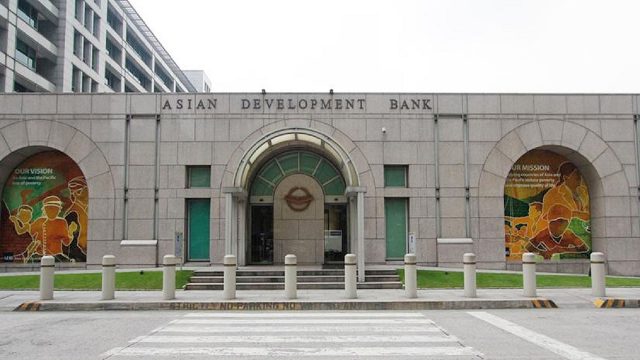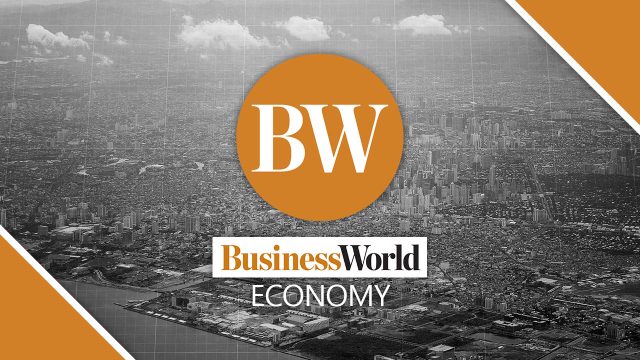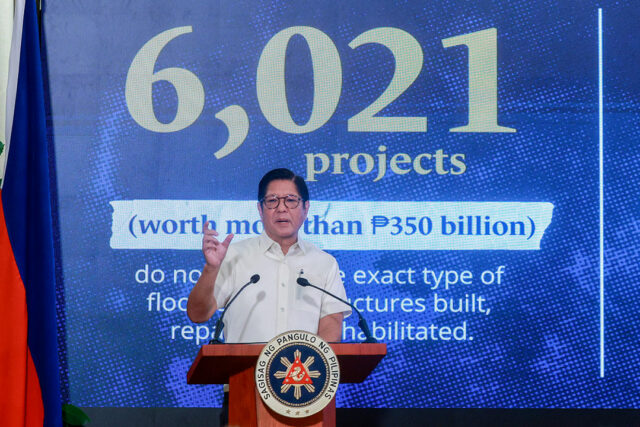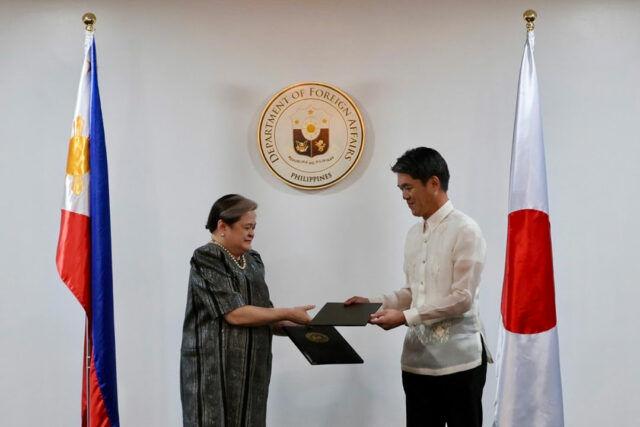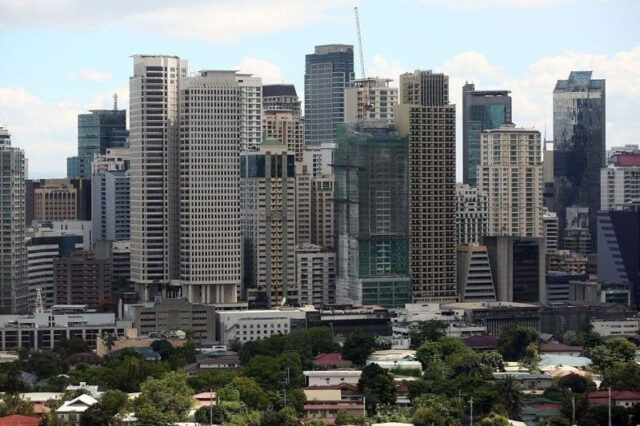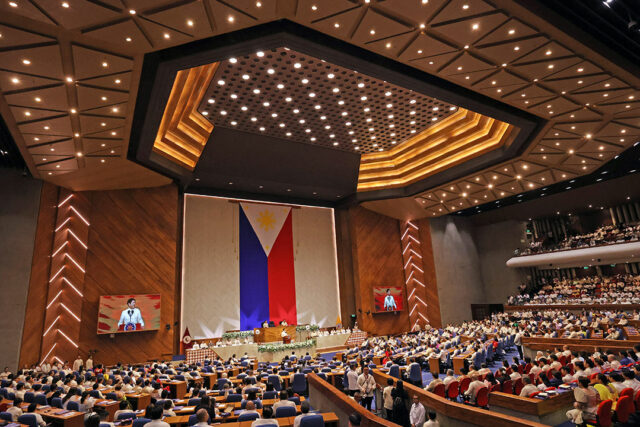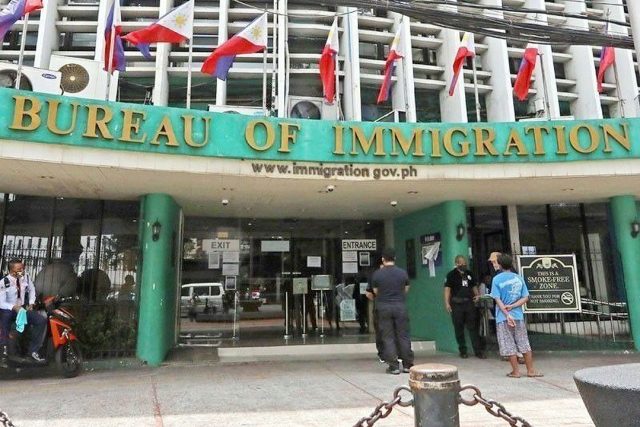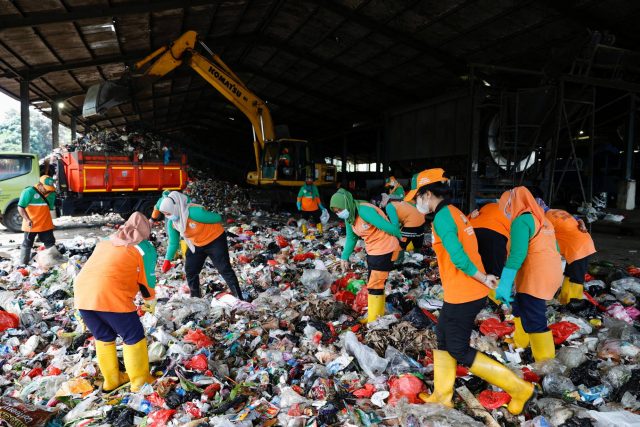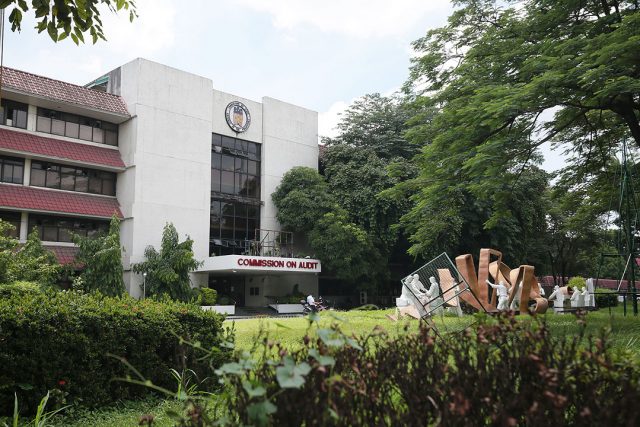By Kenneth Christiane L. Basilio and Chloe Mari A. Hufana, Reporters
PRESIDENT Ferdinand R. Marcos, Jr. should consider prioritizing the pending Freedom of Information (FOI) bills in Congress to help push for its approval, analysts said on Sunday, after he challenged investigative journalists to probe alleged irregularities in flood control projects.
“When the President acknowledges the role of investigative journalism, it naturally opens the door to FOI. Otherwise, it risks sounding like empty praise,” Ederson DT. Tapia, a public administration professor at the University of Makati, said in a Facebook Messenger chat.
“FOI is the institutional backbone of transparency; without it, rhetoric remains theoretical,” he added.
The President last week unveiled a list of top contractors that bagged most flood control infrastructure projects. Asked whether the firms had links to government officials, Mr. Marcos said it was the job of investigative journalists to dig deeper into the issue.
The Philippines lacks an FOI regime that would allow Filipinos access public information despite the 1987 Constitution recognizing the people’s right to know. An enabling law is needed for its full implementation.
Multiple FOI proposals filed since 1992 have failed to pass, primarily due to a lack of legislative urgency. A 2016 executive order by former President Rodrigo R. Duterte established FOI mechanisms for the Executive branch, but not for Congress or the Judiciary.
Its passage, however, comes with political risks, Mr. Tapia said.
“It can expose weaknesses not only in the executive but also in Congress and local governments,” he said.
“Allies may resist. But the benefits are strategic: it signals seriousness in fighting corruption, strengthens the President’s reformist image, and creates a legacy measure that future leaders cannot easily roll back.”
Anthony Lawrence A. Borja, an associate political science professor at the De La Salle University, said the lack of an FOI law keeps civil society groups “having limited capacity” to keep an eye on government transactions.
It may also hamper Mr. Marcos’ transparency initiatives, he added. “Without an external force, government ‘self-correction’ can end up being subject to patronage and partisanship, with the most loyal, useful, and powerful being excluded from the pursuit of accountability.”
Beyond FOI, the government should also look at coming up with programs that could improve interest towards demanding for public information, said Mr. Borja.
“This must be tied to stronger protection for investigative journalists if not a subsidy for this field to encourage its growth as an independent arm for transparency and accountability,” he said.
“Anything short of a comprehensive policy addressing both the supply and demand for transparency and accountability is nothing more than the perversion of good governance practices for partisan cleansing and patronage politics,” he added.
Other reforms should target tougher campaign finance transparency, stronger whistleblower protections, and stricter disclosure of statements of assets, liabilities and net worth (SALN), Mr. Tapia added.
The President last week launched the “Sumbong sa Pangulo” website, which serves as a platform for the public to track and report issues on flood control projects in their areas.
Data from the Presidential Communications Office showed the portal received 1,148 reports, 823 feedback entries, and nearly 85,000 views within three days.
This is in line with Mr. Marcos’ pronouncement during his fourth State of the Nation Address, during which he lambasted those involved in alleged anomalies.
2028 ELECTION NARRATIVE
Meanwhile, the President’s efforts to deliver on his policy agenda, specifically on anti-corruption and transparency, could help him carve out a distinct political identity while strengthening his chances of shaping the 2028 presidential race, according to a political analyst.
“Mr. Marcos delivering on this policy has the potential to cover two grounds: it gives his base a narrative of achievement and policy leadership that cannot be undermined by the perceived dominance of his cousin, [House] Speaker [Ferdinand Martin G.] Romualdez, and it will bolster the narrative of succession if they so push that,” Hansley A. Juliano, political science lecturer at the Ateneo de Manila University, said via Facebook Messenger.
Such a move could also appeal to voters hesitant to back the Marcos brand, particularly those from the opposition, if the President projects himself closer to reform-oriented or technocratic leaders rather than his populist allies, he added.
The stakes are high as Mr. Marcos seeks to cement his legacy amid intensifying political maneuvering ahead of 2028. His ability to project stability and reformist credentials could define not only his administration’s standing but also shape the broader contest between the Marcos and Duterte camps — two dynasties whose rivalry is increasingly setting the terms of Philippine politics.
Once a formidable tandem that resulted in a landslide win during the 2022 presidential race, Mr. Marcos and Vice-President Sara Duterte-Carpio’s “UniTeam” last year broke up after the revelations of Ms. Duterte’s alleged fund misuse and her threats against the First Family. These have been cited as grounds for the impeachment of Ms. Duterte in February, which was declared unconstitutional by the Supreme Court in July.
The Philippines’ surrender of Ms. Duterte’s father to the International Criminal Court for alleged crimes against humanity for his deadly war on drugs in March, further soured the two top government officials’ relationship.
Still, Mr. Juliano warned that economic headwinds remain a major obstacle.
“Inflation and bigger ‘food on table’ issues do not go away [easily],” he said. “This may not automatically translate to the youth and the public — with a whole lot of our people terminally online, it’s likely to go up against the strong disinformation network still servicing the Dutertes.”
To offset this, Mr. Marcos and his allies may lean on traditional political influence centers such as local government networks, churches and community organizations, Mr. Juliano added.
Allowing greater freedoms for civil society groups could also prove strategic, especially as many have grievances directed at the Vice-President and her camp.
“Mr. Marcos has no shortage of issues himself, but the narrative against Ms. Duterte’s corruption spending has clearly stuck. It is in his interest not to be seen as no different,” Mr. Juliano noted.

